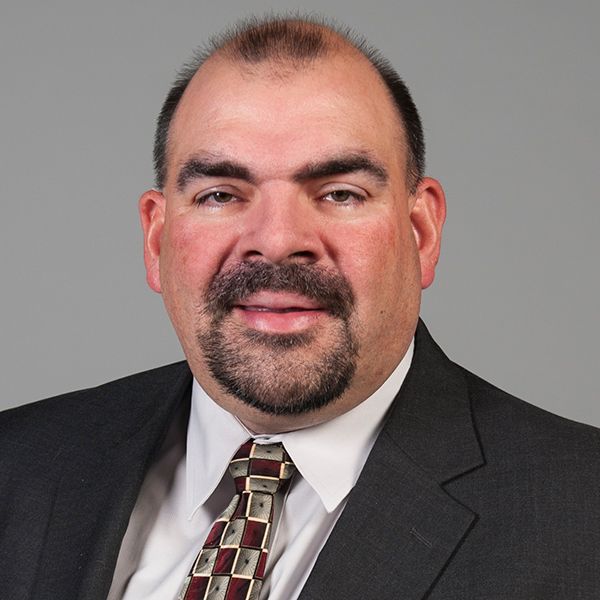Automation Drives New Role for Hospital Pharmacists
By using automated medication inventory management, pharmacists are freed up to perform more patient focused care.

Pharmacists at Summa Health System-Barberton Campus in Barberton, OH are engaging in more patient-focused care thanks to the deployment of an automated central pharmacy system.
In October 2017, the 113-bed community hospital transitioned from a manual medication inventory management system to the Omnicell XR2. The hospital is part of the Summa Health system.
John Feucht, RPh, MBA, System Director of Pharmacy Services at Summa Health, told Drug Topics that technicians have already found that the cart-fill process using the new automation is much more efficient and frees up time for them, which makes their delivery easier.

John Feucht“From a pharmacists’ standpoint, although we don’t have a check waiver in place yet with the state board of pharmacy, I think they see value in using the automated checking functionality and then eventually knowing that they’ll only have to do somewhere between 5% to 10% of that first check, freeing up their time as well.”
Feucht said that one of the biggest competitive advantages of the XR2 is that it is model-agnostic. “It doesn’t matter if you are a decentralized model using primarily automated dispensing cabinets on the floors, or if you a more cart-fill-centric operation where you are traditionally filling unit-dose carts.”
The XR2 using the same platform will allow for dispensing in quantities for either of those methods, Feucht said. This is of particular value for Barberton because they have off-site locations with automated dispensing cabinets that the hospital fills. “We’ll know right away if we are able to use the technology to speed that process and take it from manual to automated,” said Feucht.
Related article: Health System Pharmacies Adopt Next-Generation Tech
Barberton uses a hybrid model with a 60% cart-fill-40% automated dispensing cabinets, and 100% automated dispensing cabinets at some of the off sites locations.
The traditional role of the pharmacist in a community hospital setting was order verification, order checking, and dispensing the product to the unit, Feucht said. Now, many health-system pharmacists have become involved with transition-of-care initiatives. At Barberton, pharmacists are part of a formalized transition of care team, but they faced the challenge of a lack of resources.
“They weren’t going to give us several additional full time equivalents to accomplish the new work, so now we have the traditional dispensing pharmacist role and these additional on-the-floor, at-bedside responsibilities, with essentially zero net gain of resources,” Feucht said.
Related article: Pharmacy automation: Our silent partner in success
By employing the new technology, even in its early phases where the amount of time savings for pharmacists and technicians has not been fully realized, “we know that we’ll be able to expand those types of processes, without the additional resources because now we’re back filling that dispensing function with the automated technology,” he said.
With the technology, the hospital has built the mode, proven the model, and proven the value of having a pharmacist on the floor. The administration has been supportive of bringing the automation in because they know it will free up the time to push the transitions-of-care initiative.
Summa Health has plans to roll out the XR2 in other hospitals in the system.
Betsy Martinelli, Senior Manager for Corporate Marketing at Omnicell, said hospitals need a solution that is agnostic because every hospital pharmacy is different.
“We looked at coming up with a system that was flexible enough to meet their needs while still increasing throughput and delivering good [return on investment].”
Some industry observers make the assumption that automation will take jobs away from people, Martinelli said, but added: “it is really helping to improve the patient medication experience by helping to get pharmacy more engaged in the clinical process.”